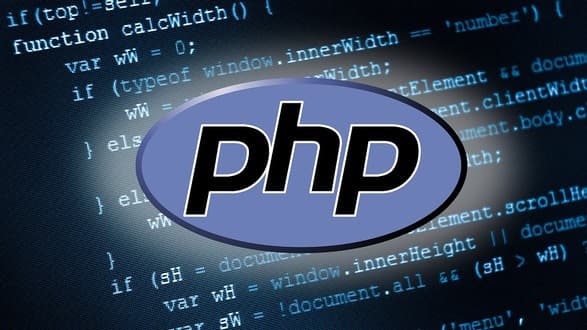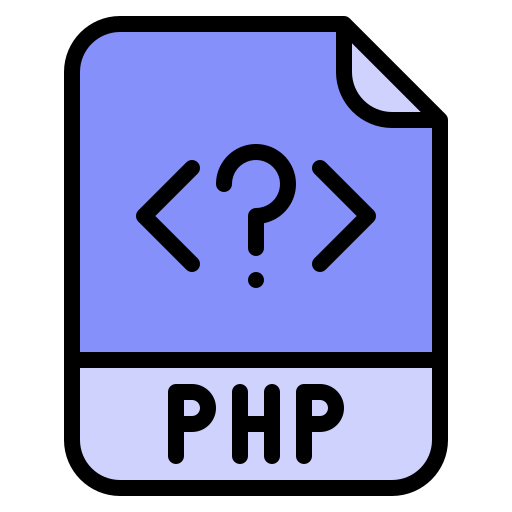
PHP has long established itself as one of the most popular programming languages for developing web applications. Its main advantages lie in its simplicity, large community, and deep integration with databases, particularly MySQL and PostgreSQL. Almost every modern web application—from e-commerce sites to entertainment platforms, including user management systems, chats, and even nove ceske online casino—relies on a stable connection with a database. The reliability and efficiency of this connection determine the speed, security, and scalability of the entire system.
Basics of Working with MySQL and PostgreSQL in PHP
Historically, PHP has most often been associated with MySQL, largely due to its close integration with CMS platforms like WordPress or Joomla. However, in recent years, PostgreSQL has been rapidly gaining popularity thanks to its strict adherence to SQL standards, support for advanced data types, and extensible architecture.
To work with databases in PHP, there are three main approaches: the mysqli extension, the object-oriented PDO library, and the pg_* functions for PostgreSQL. Each method has its own advantages, and the choice depends on the specific needs of the project.
Using mysqli provides access to MySQL-specific functions and allows development in both procedural and object-oriented styles. On the other hand, PDO is universal: it supports multiple DBMSs and allows the use of prepared statements, making it a great choice for projects where database engines might change.
For PostgreSQL, PHP provides a dedicated extension that offers access to the full range of its DBMS features. This extension is considered one of the most stable and flexible, especially when dealing with arrays, JSON, or user-defined functions.
Security and Performance: Core Principles
A proper database connection begins with correct configuration. Connection parameters should always be taken from a configuration file rather than hardcoded. Additionally, the use of parameterized queries is essential to protect against SQL injection.
Caching queries is especially important for high-load projects, including online entertainment platforms, where thousands of users may simultaneously access the same data. Using tools like Memcached or Redis alongside PHP and MySQL/PostgreSQL significantly reduces database load and speeds up server response times.
For example, when considering a gaming platform or an online casino, user data, transactions, and game sessions require instant processing and complete data integrity. In such cases, using prepared statements, transactions, and a strict role-based access system is crucial. PostgreSQL offers advanced features in this area, including full ACID compliance and efficient logging, while MySQL is known for its high speed when indexes are properly optimized.
Choosing Between MySQL and PostgreSQL
It’s difficult to declare a clear winner between these two DBMSs—each has its strengths. MySQL is faster in handling simple operations and is well-suited for read-heavy systems, while PostgreSQL excels in complex queries, geodata processing, working with JSON, and analytics.
If you’re developing a standard web application, such as a booking system or a news portal, MySQL can deliver excellent results. However, for projects that require precise transaction control and complex logic—such as a bonus system for users in an online casino—PostgreSQL offers greater flexibility.
The development team’s experience is also an important factor: if the team is already familiar with one system, switching to another will require additional time for training and adapting to a different architecture.
Localization and Support: Importance for the Czech Market
For web services targeting the Czech market, it is critical to consider localization aspects: correct character encoding, sorting of data according to language norms, and support for special symbols. Here, PostgreSQL often takes the lead with its advanced capabilities for working with Collation and Unicode.
It’s also important to note that servers hosted in the Czech Republic or neighboring countries ensure faster content delivery. This is especially crucial for real-time applications, such as gaming services or streaming platforms, where delays of just a few milliseconds can impact user experience.
Practical Development Tips
When starting a new PHP project with MySQL or PostgreSQL, it’s advisable to follow a few key practices:
Use PDO as a universal solution with support for prepared statements.
Design your database structure with scalability in mind: normalize tables, but leave room for growth.
Implement a backup system and automated data integrity checks.
Regularly profile SQL queries and analyze bottlenecks.
Don’t forget to keep both PHP and your DBMS up to date: this not only improves performance but also addresses vulnerabilities, which is especially critical in projects handling users’ personal data.
Conclusion
The combination of PHP with MySQL or PostgreSQL remains the gold standard for building reliable web applications. Mastering both DBMSs gives developers flexibility, freedom in architectural choices, and the ability to adapt to different business models—from e-commerce sites to dynamic entertainment services. Given the growing demands for security and speed, especially in the realm of online casinos and financial platforms, a well-thought-out approach to database design is an essential part of a successful digital product.



